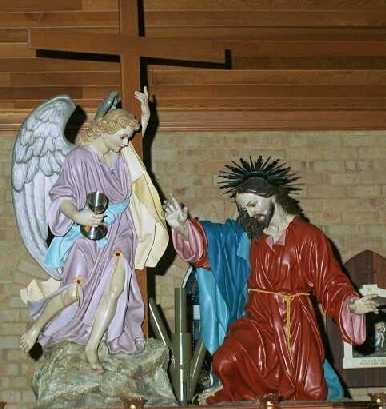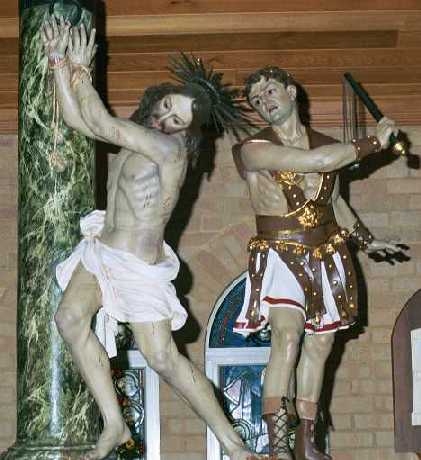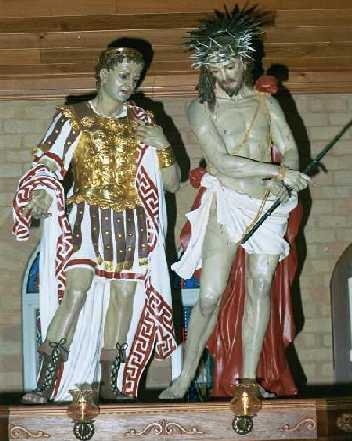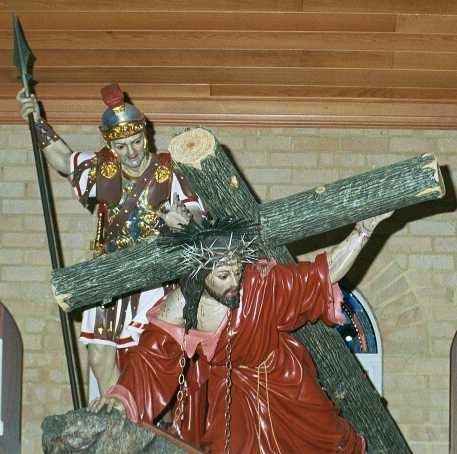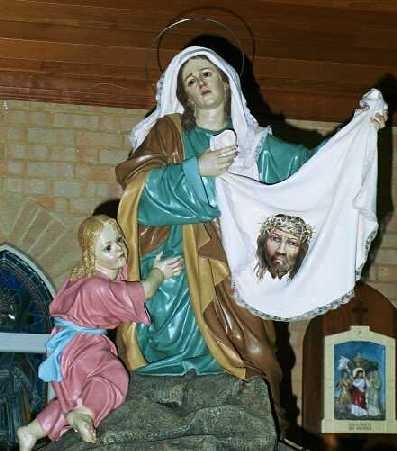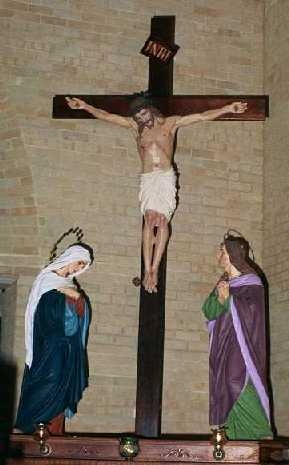In Mediterranean culture, Good Friday has a special characteristic, foreign to an Anglo-Celtic culture.
The use of statues in popular religion is very common. This practice started during the period known in European History as The Middle Ages. The poor, uneducated peasants needed help to support their faith. Biblical scenes were painted and sculptured to help them.
This type of culture originated in Spain, but it slowly spread to other Mediterranean countries, under Spanish influence. Thus the south of Italy and Malta also share in this culture.
To help the illiterate people meditate the passion of Our Lord, especially on Good Friday, a set of statues was prepared and taken out in a procession around the village. People watched, carried the statues or took part in this pilgrimage.
This expression of popular faith did not stop with the Middle Ages, but was carried on to modern times.
Many members of the Horsley Park community are emigrants, who left their home land between 1930’s and 1970’s. They carried with them their culture and symbols which helped them connect with the way they used to live their faith back home.
One of these symbols which the community of Horsley Park has, is a set of eight statues which represent the Passion of Our Lord. Each year, in the weeks leading up to Good Friday, these statues are placed in the body of the church and on Good Friday, following the liturgical celebration of the Passion of Our Lord, these statues are taken out in procession.
